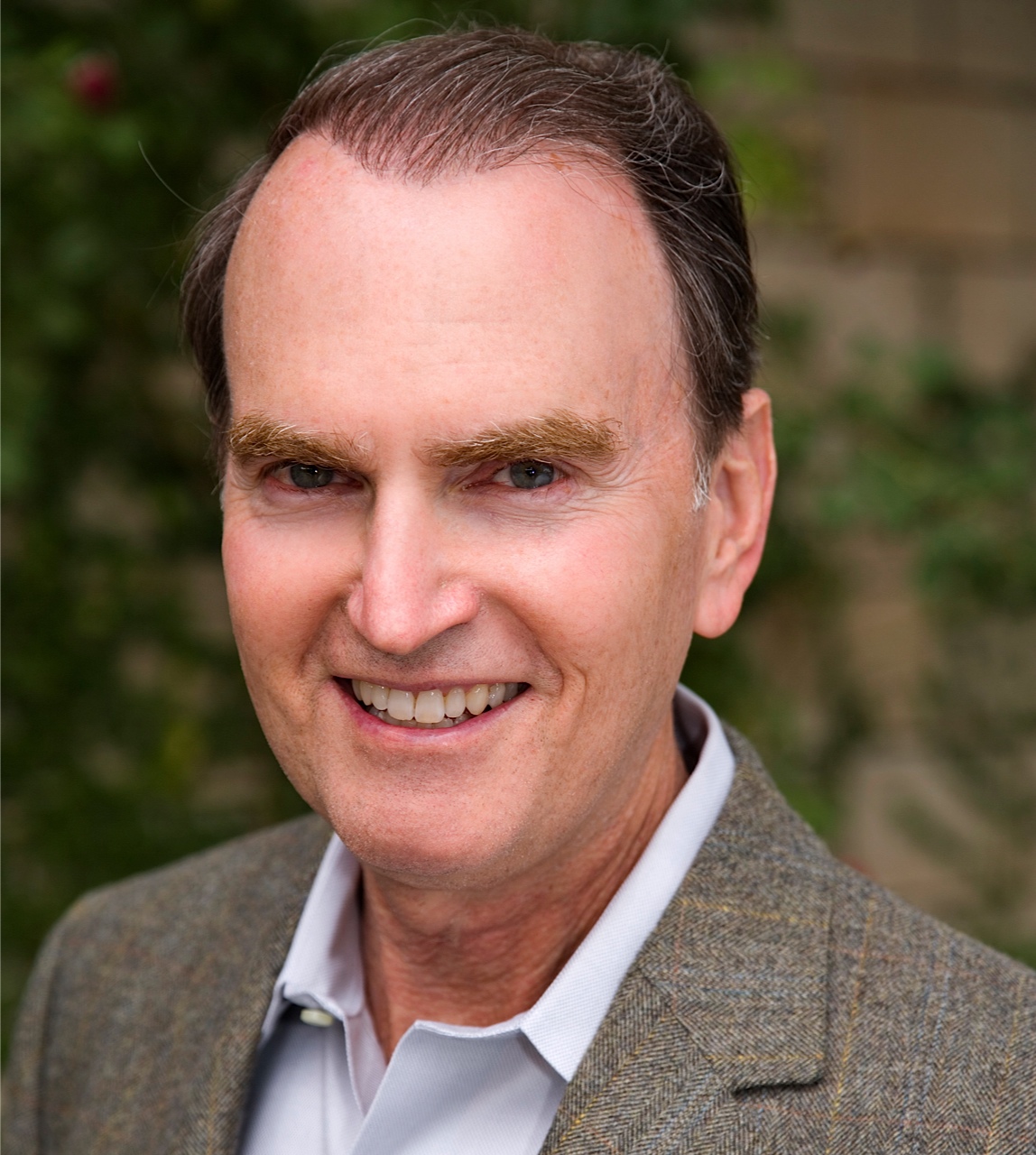SMAPPS Scientific and Medical Apps (1411)
This is a new era for innovation, communication, technology and science advancement that fosters a very rapid dissemination of new ideas from basic sciences to medical technologies.
Today, because of advances in materials science and miniaturization we carry in our pockets small “supercomputers.”
Moore’s Law, which has proven fairly accurate states that computing power doubles about every 18 to 24 months.
My role as a developer of educational materials on the Apple format was unique until earlier this year (2014) when attending a developers’ conference and hearing the CEO of Apple Computer Tim Cook state through an Internet broadcast that he was welcoming the nine million app developers from around the world.
This is the closest thing to Moore’s Law, but involves people not just computer chips.
Some of these people are working on scientific and medical problems and solving them. I call these “SMAPPS” for scientific and medical apps.
SMAPP are being designed to work with every kind of scientific and medical sensor you can imagine, to collect and analyze vast quantities of data from large numbers of people. This trend will blend into society over the next few years and names relating to them will be as common as terms like Twitter, Google, Wikipedia and Rollover.
Link this development trend to materials science with trends toward miniaturization and nanotechnology implementation of useful tools for society are limitless.
Writing this in 2015 there are already a very large number of medical and scientific tools that work with the SMAPP operating on the supercomputer in our pockets. These include ultrasonic transducers, oscilloscopes, retinal imagers, spectrometers; blood chemistry analyzers; vital sign trackers; and many more. We are only in the early stages of this trend. I think it is safe to say that it is possible today for a person in a major city almost anywhere in the world today to have more wellbeing sensors and detectors and data feeds than the Apollo astronauts who landed on the moon in 1970, or a patient in an ICU a decade ago. Each of us has far greater computing power in our pockets then all of NASA at that time.
The SMAPP and the advanced computer chips in our cell phones represent a giant leap for mankind and it is very exciting to live and work at a time when this is happening.
 AGES ASM/ISGE 15
AGES ASM/ISGE 15 